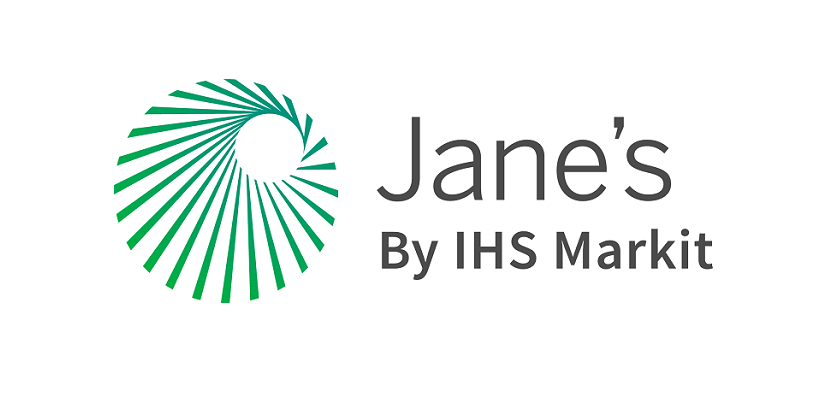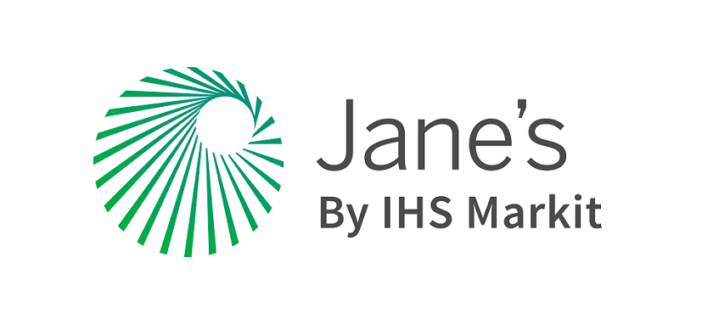
By Jon Grevatt, senior analyst at Jane’s by IHS Markit
South Korea’s Defense Acquisition Program Administration (DAPA) announced on 15 July plans to reform defence procurement, with an emphasis on encouraging local industry cost effectiveness and investment. The reforms are the latest in a series of measures intended to align DAPA’s business processes with wider efforts to upgrade the country’s defence industry and modernise the Republic of Korea (RoK) Armed Forces.
The so-called ‘defence cost-structure improvement project’ includes initiatives to address tax anomalies, update measures to calculate the costs of defence production, a new “simplified” profit structure, and incentives to promote the production of components that are currently imported. In addition, the new reforms include measures to incentivise defence exports and research and development (R&D) in military technologies.
The requirement for procurement reforms in South Korea was highlighted as part of a wider Defence Business Innovation Plan announced by DAPA in 2018 to enhance flexibility in procurement, boost transparency and strengthen the national defence industry. The business innovation plan is also intended to support a wider military modernisation programme, called Defence Reform 2.0.
The Defence Business Innovation Plan includes requirements for procurement systems to become more responsive to RoK Armed Forces’ requirements and to encourage investment in developing Industry 4.0 technologies, such as artificial intelligence and robotics. According to DAPA, the business plan is intended to transform South Korea’s procurement system from its existing “cost-oriented” environment to one that is driven by competitions in military technologies and quality.
This initiative promotes the development of a more streamlined and agile RoK Armed Forces. Under the plan the number of active troops in the RoK Armed Forces will decline from the current 618,000 to 500,000 by 2022. However, during the same period, the RoK Armed Forces plans to increase capability through investments in advanced military technologies, such as unmanned systems, and also increase cost efficiencies in areas, such as procurement, logistics and operations.
To support the Defence Reform 2.0 plan and related initiatives, South Korea’s Ministry of National Defense has disclosed record levels of defence spending. Between 2019 and 2023, the ministry has proposed defence spending of KRW270.7 trillion (USD242 billion), with KRW176.6 trillion (65%) of this funding allocated to operating expenses and the remaining KRW94.1 trillion (35%) directed to modernisation including procurement and research and development (R&D).
Under the plan the R&D allocation alone will increase from 6.9% of the total defence budget in 2019 to 8.5% of the defence budget in 2023, making South Korea one of the world’s highest spending defence R&D countries in the world. The 2019–23 spending plan will also result in average defence spending increases of 7.5% a year over the 2019–23 period compared with average annual increases of 4.9% over the previous decade.






